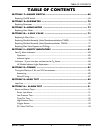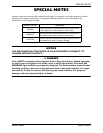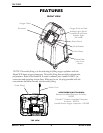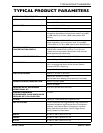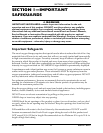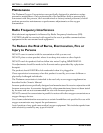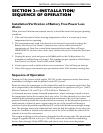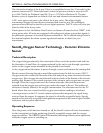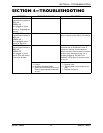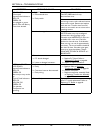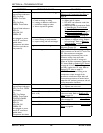
SECTION 2—INSTALLATION/SEQUENCE OF OPERATION
Part No 1110538 13 Platinum™Series
SECTION 2—INSTALLATION/
SEQUENCE OF OPERATION
Installation/Verification of Battery Free Power Loss
Alarm
When your new Platinum concentrator arrives, it should be checked for proper operating
conditions.
1. If the unit has been in below-freezing temperatures, allow it to warm up to room
temperature before operating.
2. The concentrator may need to be turned on for four to five seconds to charge the
Battery Free Power Loss Alarm. Connect power cord to outlet and turn the
concentrator on. Turn flow control knob counterclockwise and flow will begin
IMMEDIATELY. Set flow rate to five L/min. Let the unit run for 30 minutes, then turn
unit off.
3. Unplug the power cord and press on/off ( ) switch to the On ( ) position. An
intermittent audible alarm will sound. This confirms proper operation of the Battery
Free Power Loss Alarm. Turn On/Off switch Off ( ).
4. Connect power cord to outlet and turn on concentrator. Unit will beep on start-up.
5. Check the oxygen concentration per specifications after 30-40 minutes running time.
Sequence of Operation
Turning on (I) the power switch applies 120 VAC to the compressor motor, hour meter,
transformer, cooling fan and the printed circuit (P.C.) board.
Room air enters the compressor via the cabinet filter and the compressor inlet filter. The
air is compressed by the wobble pistons in the compressor to a pressure of 21 p.s.i. (144.79
kPa) for Platinum 5, XL and 25 p.s.i. (172.36 kPa) for Platinum 10.
As increased pressure creates increased temperature, a heat exchanger is used to lower
the temperature before the air enters the 4-way valve. It is then channeled to a sieve bed
containing the adsorption material. Restriction downstream of the sieve bed causes
pressure to build up inside the sieve bed which is necessary for the adsorption process. A
small amount of relatively pure oxygen enters the top of the second bed through a
restrictive leak in the pressure equalization (P.E.) valve with the balance entering a storage
tank. The nitrogen removed is exhausted back from the bed through the 4-way valve into
room air. A muffler is located at the exhaust end of the valve to muffle the sound of the
exhaust as it exits the concentrator.
The oxygen not being used to exhaust is channeled into the storage tank. The pressurized
oxygen is regulated down to five p.s.i. (34.4 kPa), enters an accurate flow-measuring
device, flows through Outlet HEPA filter and check valve, then out to the patient.
I/O
I
/
O



